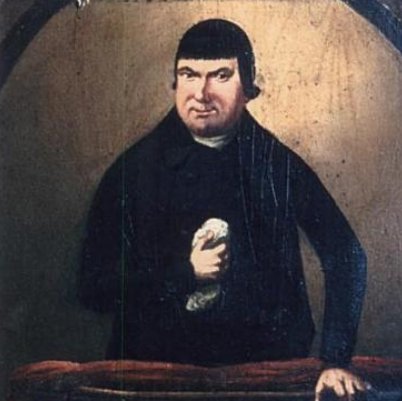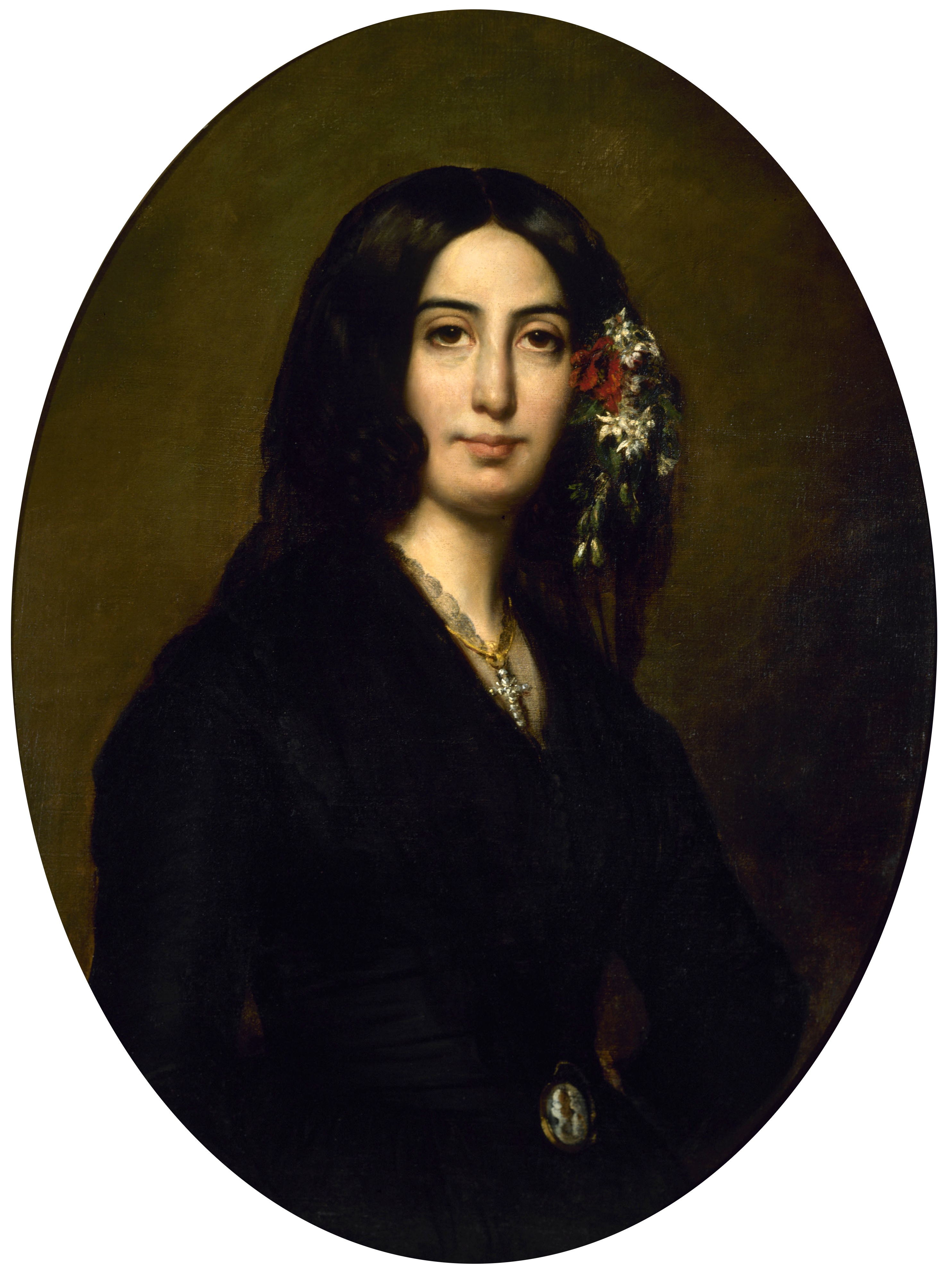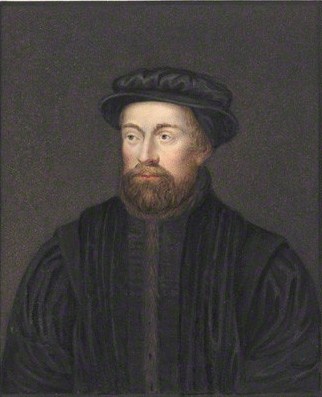|
Lewes Free Presbyterian Church
Jireh Chapel is a former Calvinistic Independent chapel in the Cliffe area of Lewes, the county town of East Sussex and the main town in the local government district of Lewes. It is more than 200 years old and has been designated a Grade I Listed building. Used by the Free Presbyterian Church of Ulster for approximately 25 years in the late 20th and early 21st centuries, it was taken on in 2024 by a Strict Baptist congregation which formerly met at Brighton. History The ancient market town of Lewes has a well-established history of Protestant Nonconformism. Many chapels were established in the 18th and 19th centuries in the town itself and in its suburbs of Southover and Cliffe. One such place of worship was the Jireh chapel. In or around 1805 a dispute arose between Jenkin Jenkins, the minister at Cliffe's Countess of Huntingdon's Connexion chapel, and its congregation. He was dismissed by the Countess's Trustees and arranged for a new chapel to be built for him nearby. ( ... [...More Info...] [...Related Items...] OR: [Wikipedia] [Google] [Baidu] |
Lewes
Lewes () is the county town of East Sussex, England. The town is the administrative centre of the wider Lewes (district), district of the same name. It lies on the River Ouse, Sussex, River Ouse at the point where the river cuts through the South Downs. A traditional market town and centre of communications, in 1264 it was the site of the Battle of Lewes. The town's landmarks include Lewes Castle, Lewes Priory, Bull House (the former home of Thomas Paine), Southover Grange and public gardens, and a 16th-century timber-framed Wealden hall house known as Anne of Cleves House. Other notable features of the area include the Glyndebourne festival, the Lewes Bonfire celebrations and the Lewes Pound. Etymology The place-name "Lewes" is first attested in an Anglo-Saxon charter circa 961 AD, where it appears as ''Læwe''. It appears as ''Lewes'' in the Domesday Book of 1086. The addition of the suffix seems to have been part of a broader trend of Anglo-Normans, Anglo-Norman scribes plu ... [...More Info...] [...Related Items...] OR: [Wikipedia] [Google] [Baidu] |
Nonconformist (Protestantism)
Nonconformists are Protestant Christians who do not "conform" to the governance and usages of the established church in England, and in Wales until 1914, the Church of England. Use of the term ''Nonconformist'' in England and Wales was precipitated by the Restoration of the Stuart monarchy in 1660, when the Act of Uniformity 1662 renewed opposition to reforms within the established church. By the late 19th century the term specifically included other Reformed Christians ( English Presbyterians and Congregationalists), plus the Baptists, Brethren, Methodists, and Quakers. English Dissenters, such as the Puritans, who violated the Act of Uniformity 1558 – typically by practising radical, sometimes separatist, dissent – were retrospectively labelled as Nonconformists. In Ireland, the comparable term until the Church of Ireland's disestablishment in 1869 was Dissenter (the term earlier used in England), commonly referring to Irish Presbyterians who dissented from th ... [...More Info...] [...Related Items...] OR: [Wikipedia] [Google] [Baidu] |
Crossgar
Crossgar () is a village and townland in County Down, Northern Ireland. It is about south of Belfast, between Saintfield and Downpatrick. Crossgar had a population 1,997 people in the 2021 UK Census. History Crossgar has had an interesting and varied past, dating from the establishment of ancient Gaelic royal and ecclesiastical sites, the settlement of Anglo-Norman invaders, to Scots settlers, to the St. Patrick's Day riots in the 1800s. According to a history of Down and Connor by a Fr. O'Laverty, the parish of Kilmore, in which Crossgar lies, was likely to have been established around 800 AD and was the ecclesiastical centre of this part of County Down. It was thought that the area had seven chapels and these can be reasonably evident by the remains of burial grounds. But the seventh cannot be traced to a burial ground and is referred to as the "lost chapel of Cill Glaise". O'Laverty says that by tradition this chapel was built by Saint Patrick and left in the care of his ... [...More Info...] [...Related Items...] OR: [Wikipedia] [Google] [Baidu] |
Ian Paisley
Ian Richard Kyle Paisley, Baron Bannside, (6 April 1926 – 12 September 2014) was a loyalist politician and Protestant religious leader from Northern Ireland who served as leader of the Democratic Unionist Party (DUP) from 1971 to 2008 and First Minister of Northern Ireland from 2007 to 2008. Paisley became a Protestant evangelical minister in 1946 and remained one for the rest of his life. In 1951 he co-founded the Reformed fundamentalist Free Presbyterian Church of Ulster and was its leader until 2008. Paisley became known for his fiery sermons and regularly preached anti-Catholicism, anti-ecumenism and against homosexuality. He gained a large group of followers who were referred to as Paisleyites. Paisley became involved in Ulster unionist/loyalist politics in the late 1950s. In the mid-late 1960s he led and instigated loyalist opposition to the Catholic civil rights movement in Northern Ireland. This contributed to the outbreak of the Troubles in the late 1960s, ... [...More Info...] [...Related Items...] OR: [Wikipedia] [Google] [Baidu] |
Christian Denomination
A Christian denomination is a distinct Religion, religious body within Christianity that comprises all Church (congregation), church congregations of the same kind, identifiable by traits such as a name, particular history, organization, leadership, theology, theological doctrine, worship style and, sometimes, a founder. It is a secular and neutral term, generally used to denote any established Christian church. Unlike a cult or sect, a denomination is usually seen as part of the Christian religious mainstream. Most Christian denominations refer to themselves as ''churches'', whereas some newer ones tend to interchangeably use the terms ''churches'', ''assemblies'', Koinonia, ''fellowships'', etc. Divisions between one group and another are defined by authority and doctrine; issues such as the Christology, nature of Jesus, the authority of apostolic succession, biblical hermeneutics, Christian theology, theology, ecclesiology, Christian eschatology, eschatology, and papal primacy m ... [...More Info...] [...Related Items...] OR: [Wikipedia] [Google] [Baidu] |
Pediment
Pediments are a form of gable in classical architecture, usually of a triangular shape. Pediments are placed above the horizontal structure of the cornice (an elaborated lintel), or entablature if supported by columns.Summerson, 130 In ancient architecture, a wide and low triangular pediment (the side angles 12.5° to 16°) typically formed the top element of the portico of a Greek temple, a style continued in Roman temples. But large pediments were rare on other types of building before Renaissance architecture. For symmetric designs, it provides a center point and is often used to add grandness to entrances. The cornice continues round the top of the pediment, as well as below it; the rising sides are often called the "raking cornice". The tympanum is the triangular area within the pediment, which is often decorated with a pedimental sculpture which may be freestanding or a relief sculpture. The tympanum may hold an inscription, or in modern times, a clock face. ... [...More Info...] [...Related Items...] OR: [Wikipedia] [Google] [Baidu] |
Sunday School
] A Sunday school, sometimes known as a Sabbath school, is an educational institution, usually Christianity, Christian in character and intended for children or neophytes. Sunday school classes usually precede a Sunday church service and are used to provide catechesis to Christians, especially children and teenagers, and sometimes adults as well. Churches of many Christian denominations have classrooms attached to the church (building), church used for this purpose. Many Sunday school classes operate on a set curriculum, with some teaching attendees a catechism. Members often receive certificates and awards for participation, as well as attendance. Sunday school classes may provide a light breakfast. On days when Eucharist, Holy Communion is being celebrated, however, some Christian denominations encourage fasting#Christianity, fasting before receiving the Eucharistic elements. Early history Sunday schools in Europe began with the Catholic Church's Confraternity of Christian D ... [...More Info...] [...Related Items...] OR: [Wikipedia] [Google] [Baidu] |
Gable
A gable is the generally triangular portion of a wall between the edges of intersecting roof pitches. The shape of the gable and how it is detailed depends on the structural system used, which reflects climate, material availability, and aesthetic concerns. The term gable wall or gable end more commonly refers to the entire wall, including the gable and the wall below it. Some types of roof do not have a gable (for example hip roofs do not). One common type of roof with gables, the 'gable roof', is named after its prominent gables. A parapet made of a series of curves (shaped gable, see also Dutch gable) or horizontal steps (crow-stepped gable) may hide the diagonal lines of the roof. Gable ends of more recent buildings are often treated in the same way as the Classic pediment form. But unlike Classical structures, which operate through post and lintel, trabeation, the gable ends of many buildings are actually bearing-wall structures. Gable style is also used in the design of ... [...More Info...] [...Related Items...] OR: [Wikipedia] [Google] [Baidu] |
Epithet
An epithet (, ), also a byname, is a descriptive term (word or phrase) commonly accompanying or occurring in place of the name of a real or fictitious person, place, or thing. It is usually literally descriptive, as in Alfred the Great, Suleiman the Magnificent, Richard the Lionheart, and Ladislaus the Short, or allusive, as in Edward the Confessor, William the Conqueror, Æthelred the Unready, John Lackland, Mehmed the Conqueror and Bloody Mary. The word ''epithet'' also may refer to an abusive, defamatory, or derogatory word or phrase. This use is criticized by Martin Manser and other proponents of linguistic prescription. H. W. Fowler noted in 1926 that "''epithet'' is suffering a vulgarization that is giving it an abusive imputation." Linguistics Epithets are sometimes attached to a person's name or appear in place of their name, as what might be described as a glorified nickname or sobriquet, and for this reason some linguists have argued that they should be c ... [...More Info...] [...Related Items...] OR: [Wikipedia] [Google] [Baidu] |
Pseudonym
A pseudonym (; ) or alias () is a fictitious name that a person assumes for a particular purpose, which differs from their original or true meaning ( orthonym). This also differs from a new name that entirely or legally replaces an individual's own. Many pseudonym holders use them because they wish to remain anonymous and maintain privacy, though this may be difficult to achieve as a result of legal issues. Scope Pseudonyms include stage names, user names, ring names, pen names, aliases, superhero or villain identities and code names, gamertags, and regnal names of emperors, popes, and other monarchs. In some cases, it may also include nicknames. Historically, they have sometimes taken the form of anagrams, Graecisms, and Latinisations. Pseudonyms should not be confused with new names that replace old ones and become the individual's full-time name. Pseudonyms are "part-time" names, used only in certain contexts: to provide a more clear-cut separation between one's privat ... [...More Info...] [...Related Items...] OR: [Wikipedia] [Google] [Baidu] |
Cranbrook, Kent
Cranbrook is a town in the civil parish of Cranbrook and Sissinghurst, in the Weald of Kent in South East England. It lies roughly half-way between Maidstone and Hastings, about southeast of central London. The smaller settlements of Sissinghurst, Swattenden, Colliers Green and Hartley, Cranbrook, Hartley lie within the civil parish. The population of the parish was 6,717 in 2011. History The place name Cranbrook derives from Old English ''cran bric'', meaning Crane (bird), Crane Marsh, marshy ground frequented by cranes (although more probably herons). Spelling of the place name has evolved over the centuries from ''Cranebroca'' (c. 1100); by 1226 it was recorded as ''Cranebroc'', then Cranebrok. By 1610 the name had become Cranbrooke, which evolved into the current spelling. There is evidence of early activity here in the Roman period at the former Little Farningham Farm where a substantial iron working site was investigated in the 1950s. In 2000 the site was the subj ... [...More Info...] [...Related Items...] OR: [Wikipedia] [Google] [Baidu] |
William Huntington (preacher)
William Huntington S.S. (2 February 1745 – 1 July 1813) was an English preacher and wikt:coalheaver, coalheaver. He is said to have preached that "Moral absolutism, moral law" is unnecessary, a Theology, theological view known as Antinomianism.The life and thought of John Gill (1697–1771): a tercentennial appreciation John Gill, Michael A. G. Haykin Huntington was a strict Calvinist who believed some were predestined to be saved and some were not. He was also convinced that he would be identified as a true prophet on Last Judgment, Judgement Day. His unusual, polemical style of preaching and writing made him popular but brought conflicts with other preachers throughout his life. He founded or opened chapels t ... [...More Info...] [...Related Items...] OR: [Wikipedia] [Google] [Baidu] |









